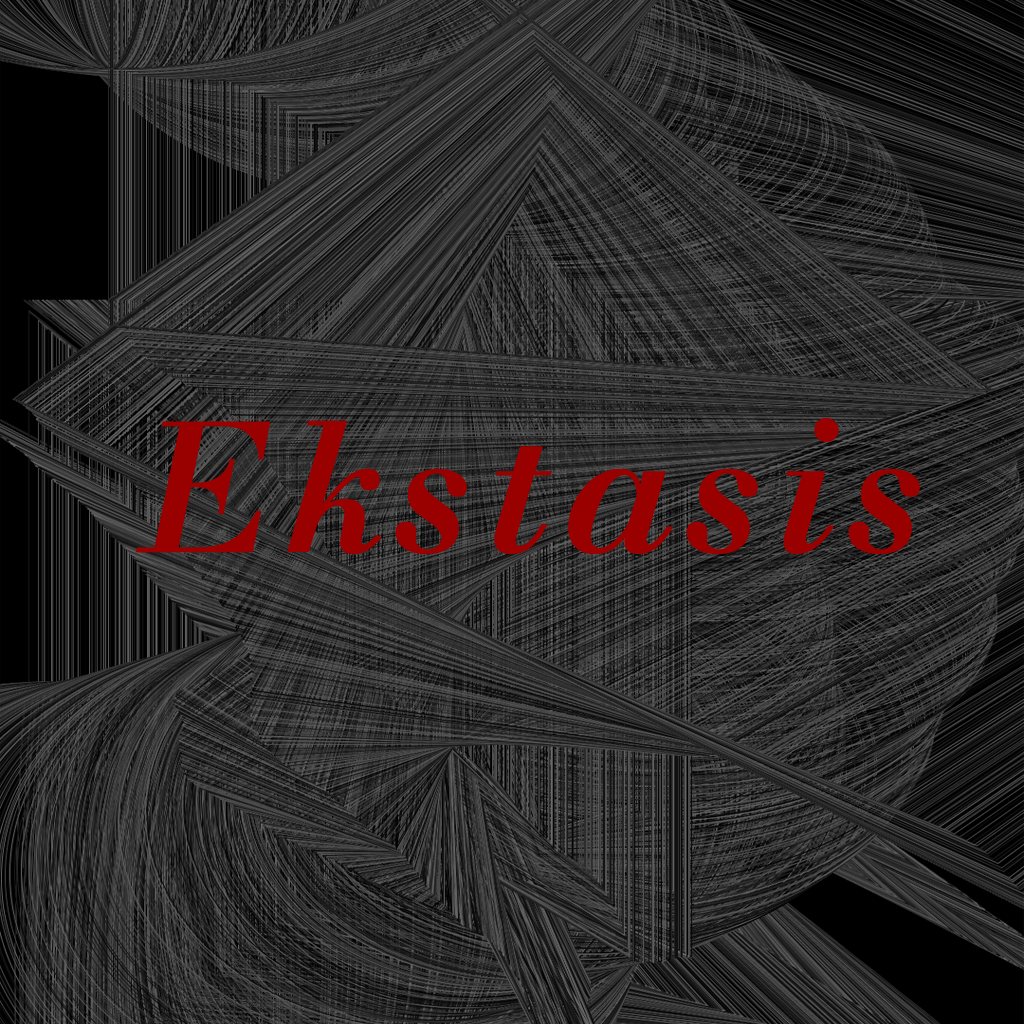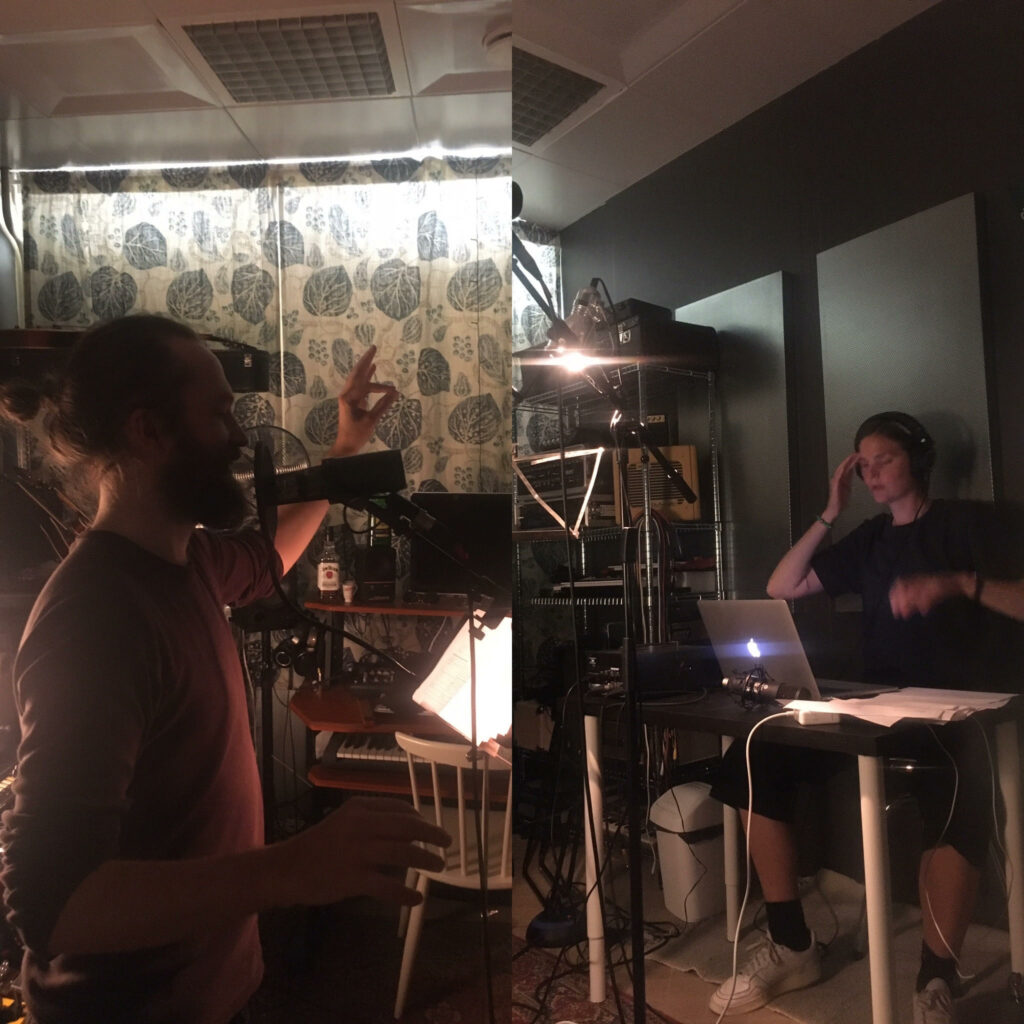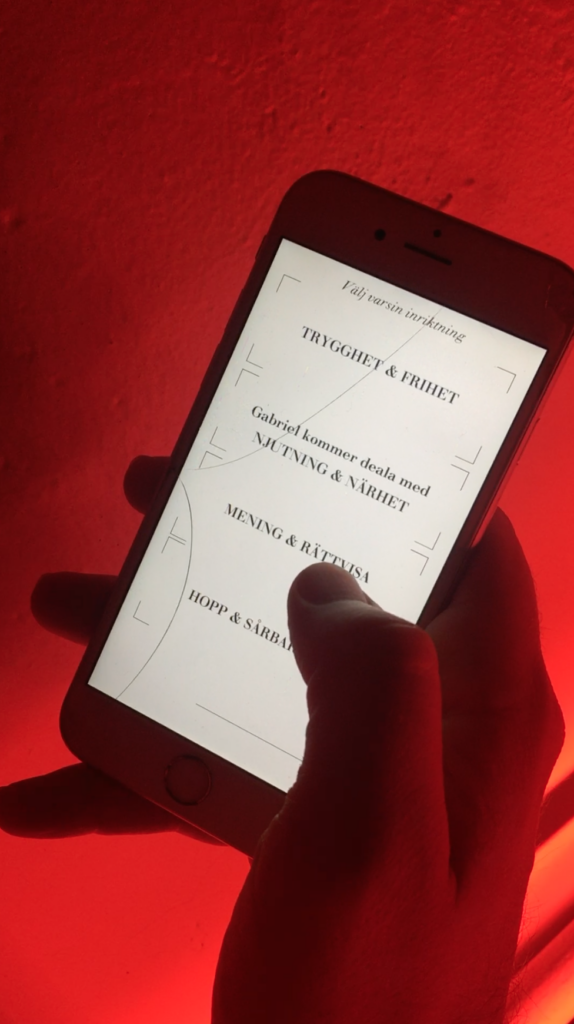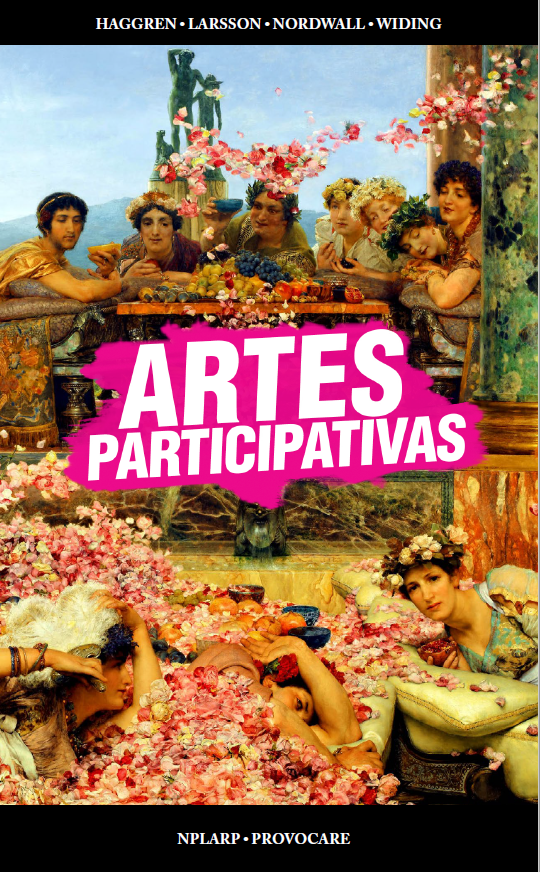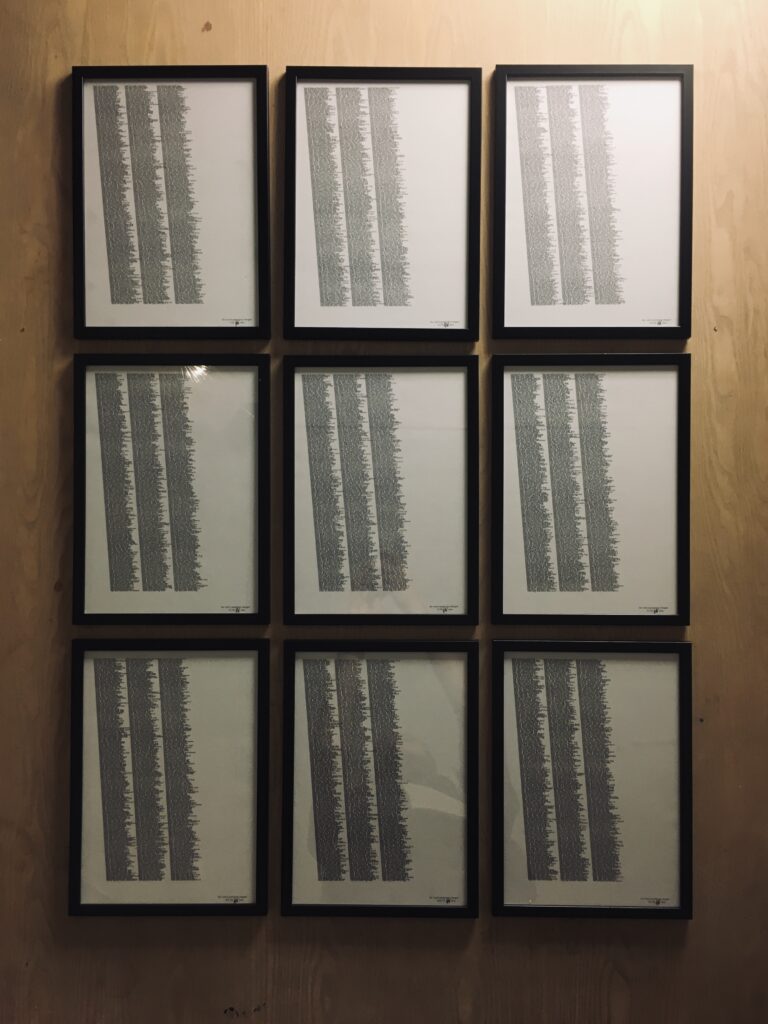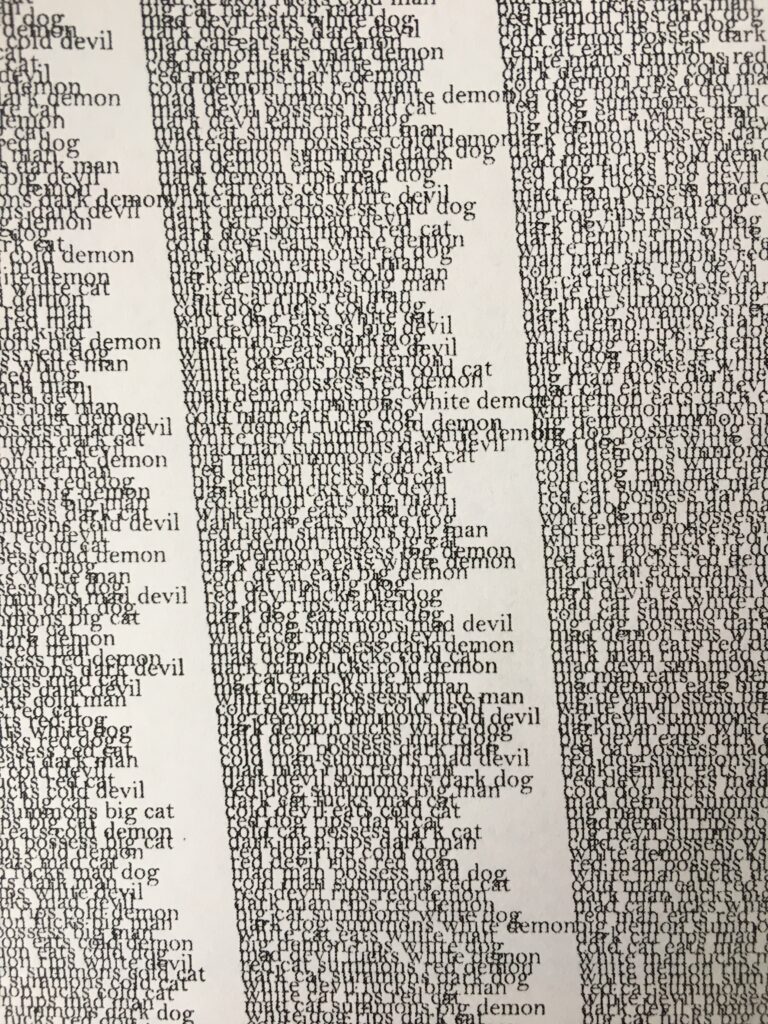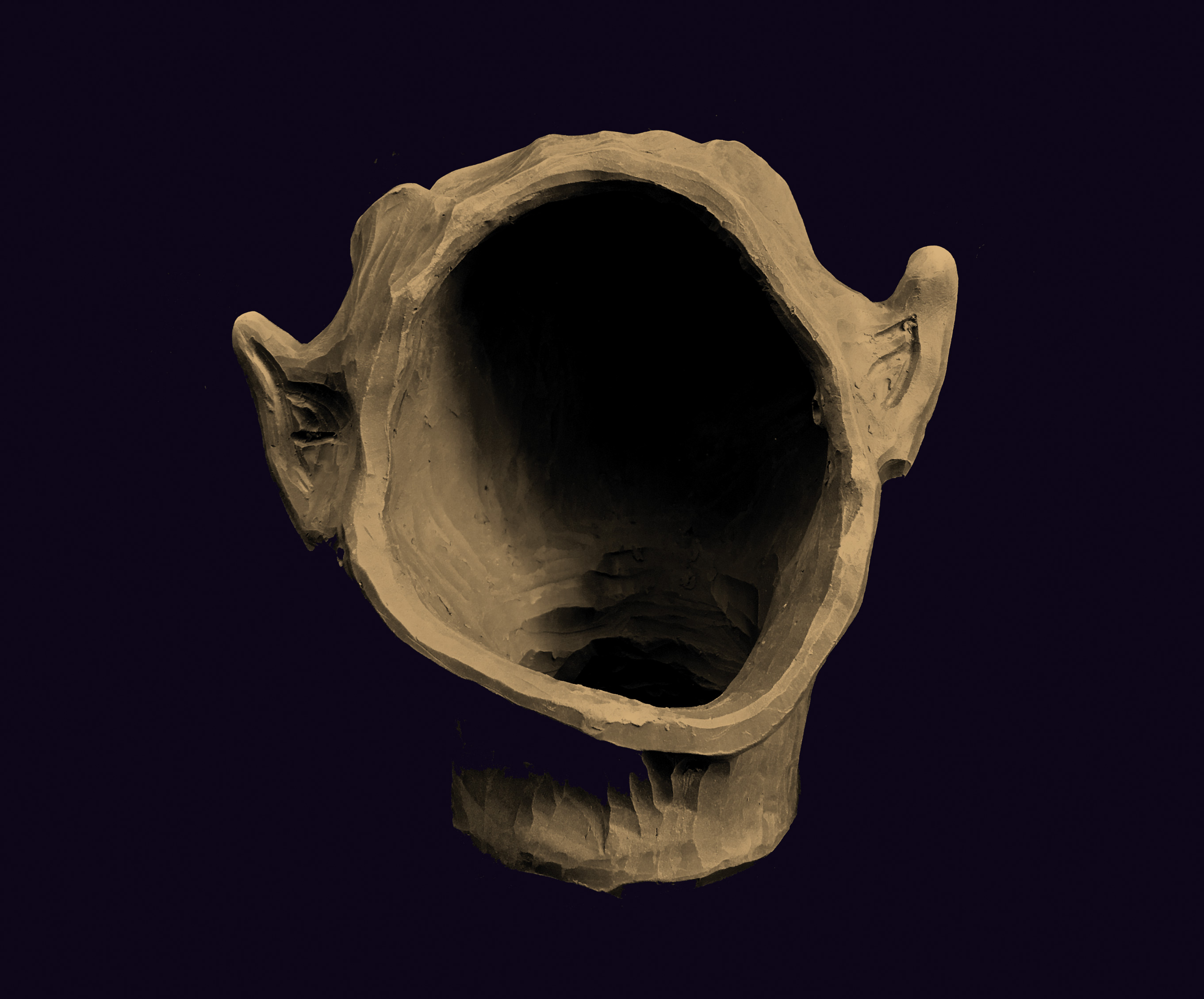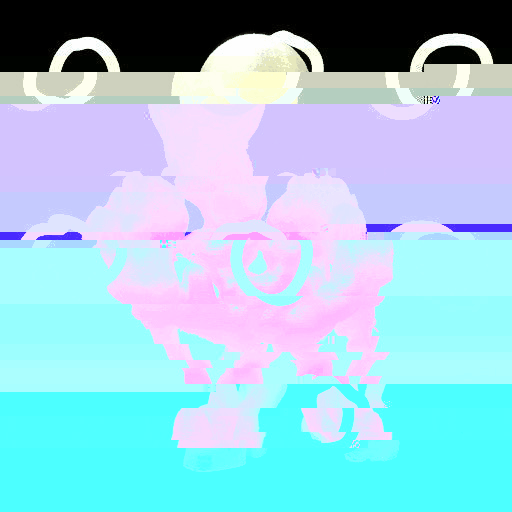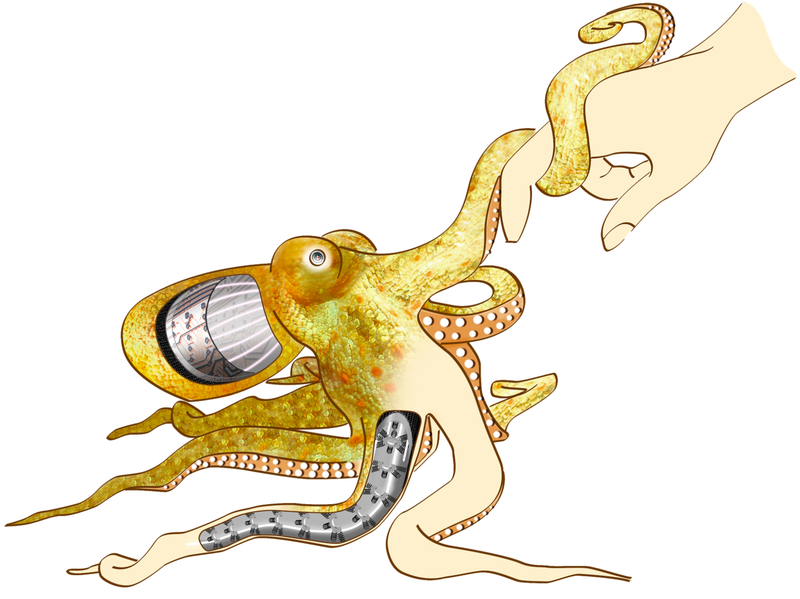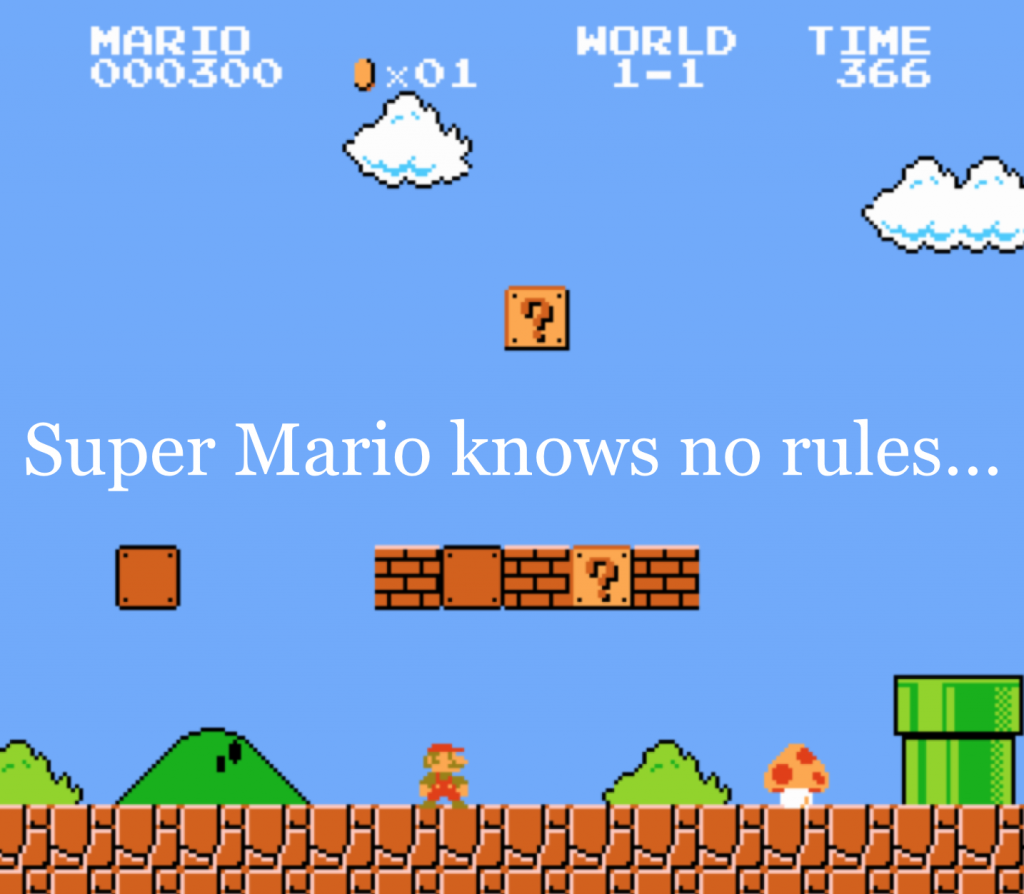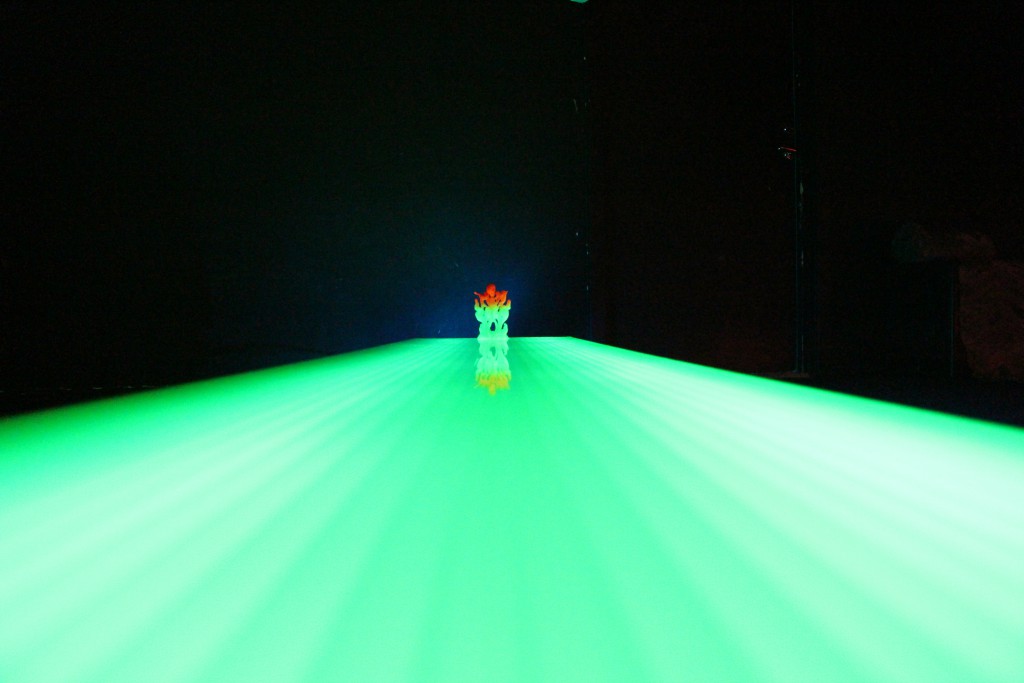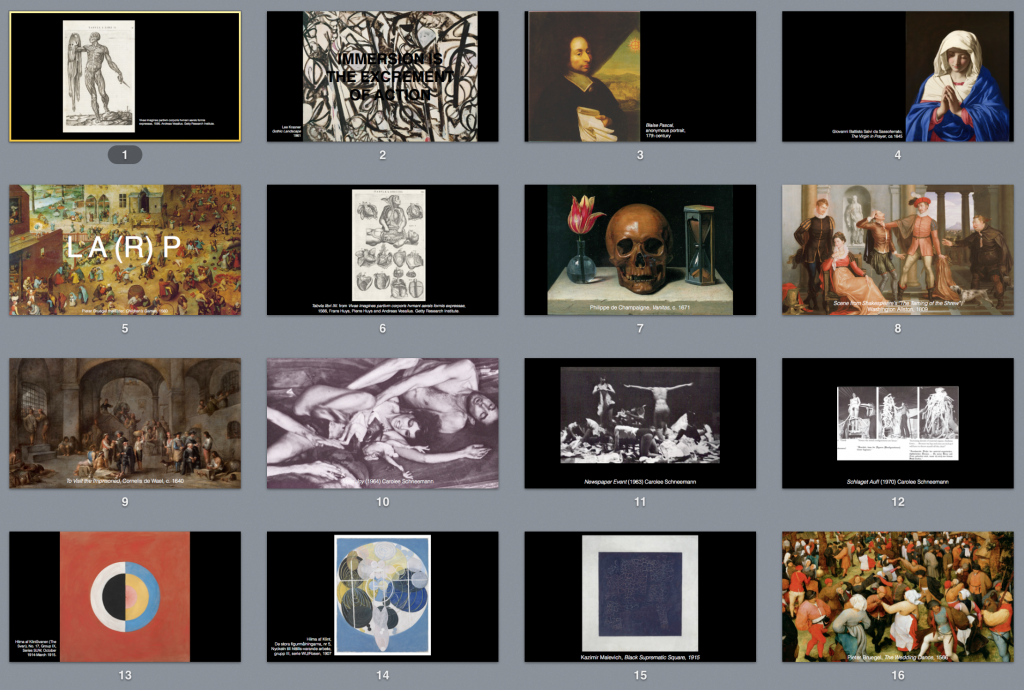Matilda Tjäder, curator at Minibar in Stockholm, invited the artist Susan Ploetz, Patricia Reed and me to talk in relation to Susan’s somatic larp The Guild. Here is my take.
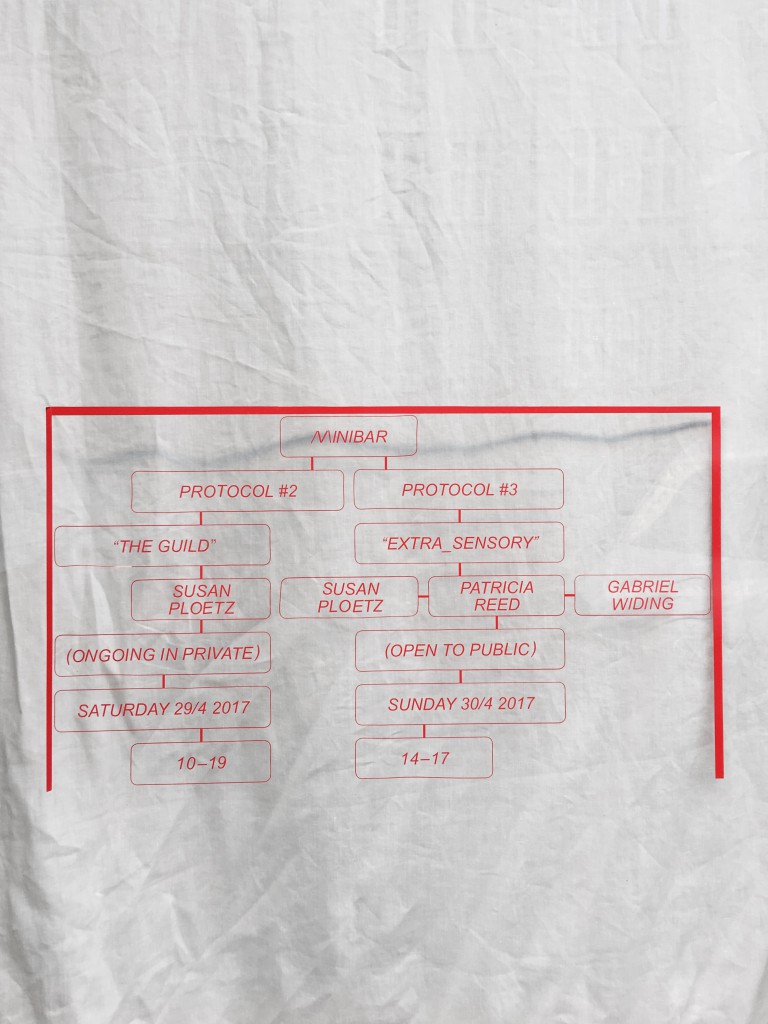
I decided to talk under the title “Another body is possible / There is no body B.” This title paraphrases two slogans from the globalisation movement. I guess I set out to think about how these movements has influenced live action roleplaying.
The first one of these phrases – ”Another world is possible”, is connected to the late 90:ths and early millennial anti-capitalist, social movements that haunted the international meetings of financial capitalism – the World bank, World economic forum, European Union, G8 et c.
The second one ”There is no planet B” is connected to the climate justice movement and has been a mobilizing rhetoric in relation to the climate meetings such as COP 15 in Copenhagen, COP21 in Paris et c.
My speculative thesis is that we can understand or explore the role of the body through the imaginary structures of these political movements. And I will talk specifically about the role of the body within the context of Nordic live action role-playing, also known as larp.
The relationship to these social movements influenced the formation and development of Nordic larp. Larp was embedded in the counter-culture of late 90:ths. Many of the writers and organizers of larp were involved in anarchist and feminist organizations and initiatives, but also in occult circles.
So what did it mean that ”Another world is (or was?) possible”? I propose to go back to 1999 to answer that question. Someone has claimed that it was our generations 1968 and to me that makes sense. It was the year when The Battle of Seattle happened – a massive protest against the World trade organization. The feeling that capitalism had won on walk over against any other kind of political system was challenged. There was actually conflict again over where to go next. Everybody did not agree that free market global capitalism was the shit. And now post-2008 financial crisis it is pretty clear that the critique of these institutions was quite accurate.
In the cultural field of ’99 the movie The Matrix came out and proposed a radical constructivist view on reality. Reality was seen as a collective illusion, controlled by artificial intelligence, but this system could be challenged. In Denmark von Trier did The Idiots, in which a group of anti-bourgeois adults move into a house to seek their “inner idiot”, and thereby get over their social inhibitions. They basically form a larp where they act as if they were developmentally disabled, then they take their new selves to the public sphere to see what happens. These are two very different movies, but together they touch on some kind of zeitgeist. There are other movies that could be mentioned here, such as Cameron’s Strange days, Cronenberg’s eXistenZ and Fincher’s Fight Club.
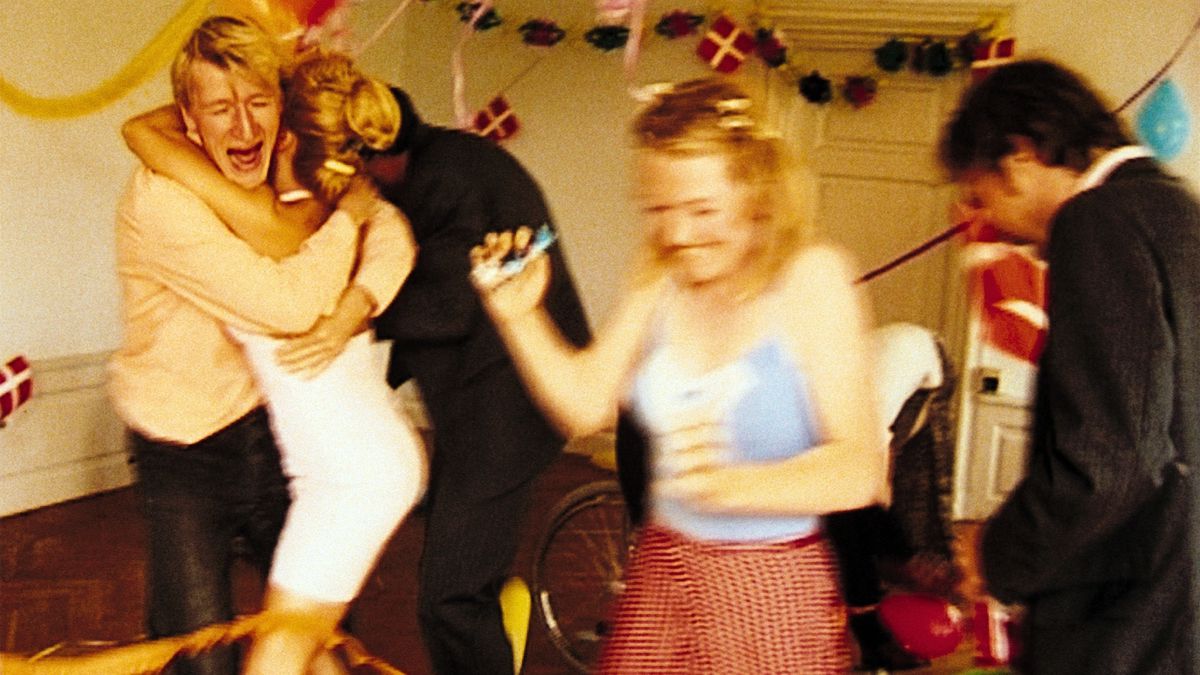
Idioterne, Lars von Trier, 1998
At the same time, in the Nordic countries, the experimental larp scene had just formed. And by experimental I mean that it didn’t follow the genre conventions of fantasy literature. So if the cry of the global left was ”Another world is possible”. The response from larpers was – Yes! And we can show you how it is done. We can construct new worlds, new realities, new social modes of being. It was not that important exactly what these new worlds consisted of. It was the fact that they could be created. This mode was, in the radical larp scene, formulated as ”War on Reality”, making escapism into a kind of tool for resistance.
It might have to do with that I was 15 years of old at the time but I really had the sense that we could travel into other, parallel realities. This fantasy about creating other worlds defined the aesthetics of Nordic larp. And in order to create that other space we sought autonomy. Not autonomy in the Kantian sense really but in a social, spatial, timely sense. A sociological way of understanding this was that we created strong ”magic circles” or liminal spaces – social state of exception where the alienation of everyday life was challenged.
At this time there were actually fears among ”the grown-ups”, teachers, good Christians, et cetera that role-playing would work in the sense that you could role-play yourself into another state of being and not be able to find your way back. That would have been pretty cool. What we found out I guess is that role-playing works a lot more like a rubber band. You have to stretch it out to become someone you are not, but as soon as you release or relax you will be back to your normal self and not much seems to have changed. There are counter-examples of this though. Transformation can happen.
The body was not so much at stake during this time. It was just seen as the ticket or vehicle to bring us to the other worlds. I think we had this idea that we could take ourselves out of ”the system”, the matrix, and thus be liberated. We just had to break apart from this social world. We didn’t realize that well how much crap we brought along with us into the fantasy spaces. Both in social and mental terms. We also didn’t realize the tactical or political potentiality in the fact that we brought our bodies back to real life.
Things changed though. For me personally it happened because I started to dance contact improvisation. And as soon as I started that practice I realized that some of the most profoundly transformative experiences I had in larps were connected to the body. By then, in 2006, I wrote an article together with Tova Gerge titled ”The Character, the Player and Their Shared Body.” This idea of a shared body might seem obvious to anyone, but at that time it felt like a revelation: it is actually our real, social body that we put into play, that we put at risk, that we charge with fantasies or desires tied to fictional frameworks. Here is an example from that article on how it could work:
”Mellan himmel och hav [Between heaven and sea] deconstructed sexuality and gender during several preparatory workshops. Individual expression was consciously disguised behind turbans and wide clothing. Hands and arms were recoded into erogenous zones; sexually neutral parts of the body became the only allowed tools for intimate interaction. The players were trained to look at what all people had in common and to find a beauty in every single person through concentrating on bodily aspects less occupied by media images then tits and ass. When a hand touches another hand it does not matter how it looks; when gazes meet, faces blur.
The participants were suddenly thrown into situations where they had physical contact with people they would normally, for one reason or another, never touch. As a consequence, very many of the participants were smitten with a poly-sexual analysis of human relations—and they took it into practise, because they had experienced that these ideas functioned. A big number of break-ups, amorous adventures, and attempts to establish new norms followed among the players.”
So if there is no alternate, second body then it can also be no alternate reality. Actually, another world is impossible, there is no other world, no other planet. There is only one, material reality and we have to take care of ourselves and each other across the borders that magic circles make up.
The strategies of autonomy and separation in larp has partly been replaced by other ideals. The Nordic larp community has started to affirm the fact that there is constant leakage or bleed as some would call it, between the fantasies of roleplaying and everyday life. So instead of asking ourselves: how can we get out of this world, we started asking ourselves how things can travel from the realms of fantasy into reality.
This image of reality resembles the idea that There is no planet B. We are stuck in that sense. At this point I think my talk could go in many directions and it will also do that. I have many questions around this subject. It also makes me wonder about the relation between larp and somatic practices, but also artistic practices. I will throw out a few different ideas and problems in relation to this.
Last autumn I was in Berlin for the Body IQ festival at the Somatic academy. One of the main topics of this week-end was ”How do we experience the formation and dissolution of a social body?” but they also posed the question ”How do our survival fears and external pressures, such as war, climate change, immigration, and economy, impact the development of collectives?” This is questions that are very relevant to take back into larp context. One of the teachers, Thomas Kampe, said something along the lines of that: ”It would make no sense to me to give you exercises that only work in the studio but not in everyday life”.
So in that, more or less therapeutic context there were ambitions that I would describe as anti-autonomous. Aesthetic ideals forming that are exactly about the continuity between real life and obscure practice. For example – do not change into training clothes! Don’t make yourself more comfortable than you are in your regular life. Just do the practice with the conditions that you have and that you are used to.
This new orientation in larp towards the body also contest a rather long lasting liaison to theatre and film as point of reference for the benefit of performance art, choreography and dance. I find that very exciting. If we compare a practice like contact improvisation with larp we find a lot of similarities: shared space, social agreements, collective improvisation, personal expression and some kind of immersion. But there are also massive differences. Dance happens in the body, role-playing has a lot of the time happened in the face, talking heads. The dance is silent, role-playing verbal, but maybe more importantly: dance focus on the moment while role-playing has been very occupied with the continuity of story. In contact improvisation there is a constant play between discontinuity and continuity. In larp I generally get the feeling that discontinuity is a threat. Everyone get together to fight the entropy that happens when different story lines develop simultaneously in different parts of the larp. In contact improvisation, or in a larp informed by dance or somatics we don’t need to struggle with that. The workings of theatre: dramaturgy, escalation of conflict, tropes and representation can be replaced with other aesthetic possibilities: presence, intensities, flow, scores and so on.
Another question: If there is no body b, if we are always here in this very world with ourselves – how does change happen? Is there any social, physical or psychological effects to be gained from larping? How can it sometimes be so hard to change? Both in terms of changing oneself, changing who we are, but also in terms of political change.
What could be liberating with larp from a somatic point of view is that it doesn’t have to deal with therapeutic challenges. We don’t necessarily need to heal anything or be healthy. In that sense larp is clearly rooted in the aesthetic domain. We can make larps that utilize the body and somatic practices for artistic purposes. Scenarios that makes life not more bearable but more complicated or challenging. On the other hand, maybe we also want to heal? Maybe we need it? If history always has been a history of trauma then the storytelling of larp has followed the same logic.
This is a challenge. It seems that it is so easy to get hurt, but it takes so much effort to heal. I met some philosophers recently that talked about toast. It is so easy to make toast out of bread, but it is so hard to make a fresh bread out of toast. How can this thought be applied to political change? And I think about this question two-ways: Can we make collective acts that is impossible reverse? And also, can we undo the traumas, the stories, the history that has constituted our bodies?
